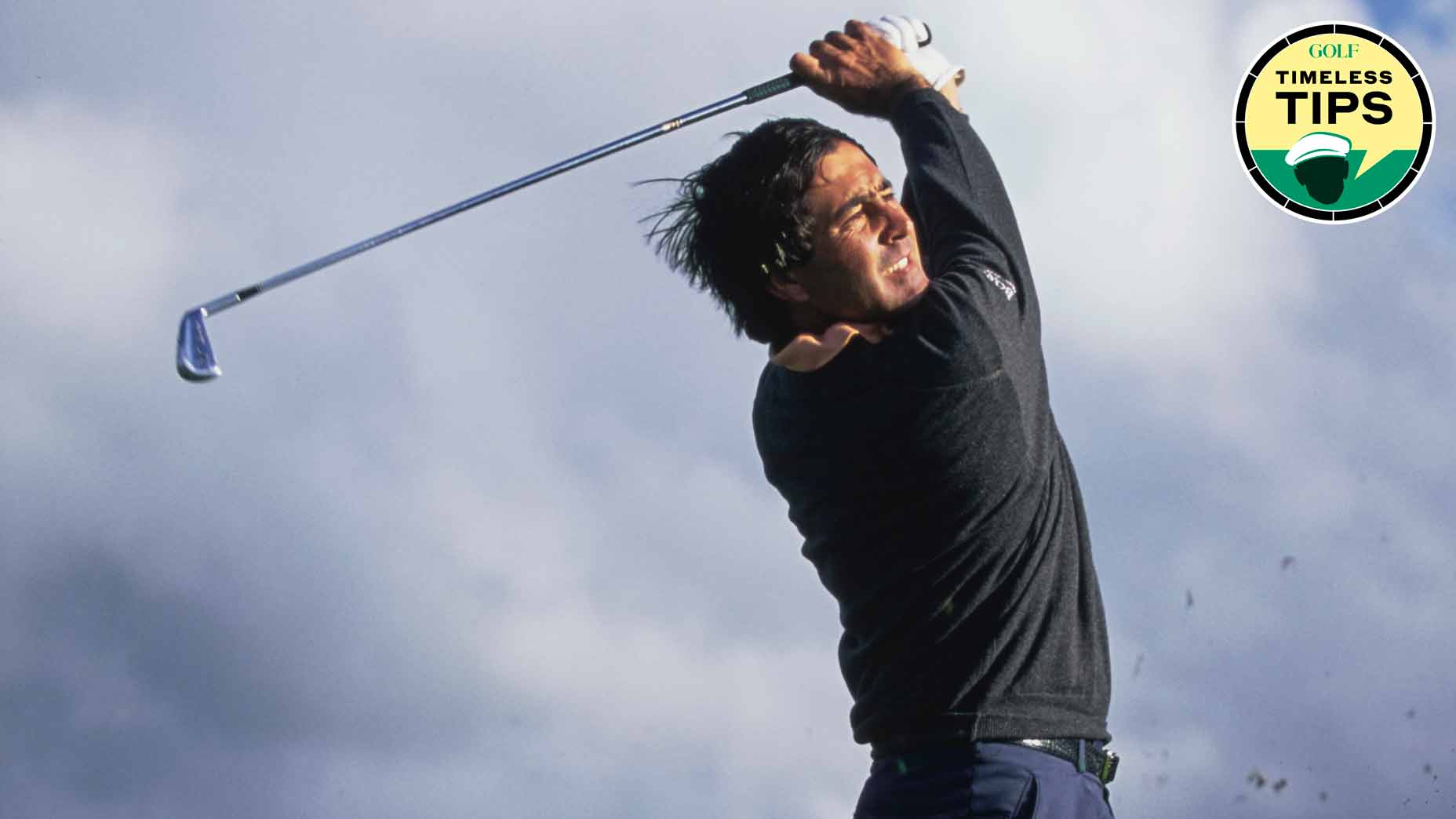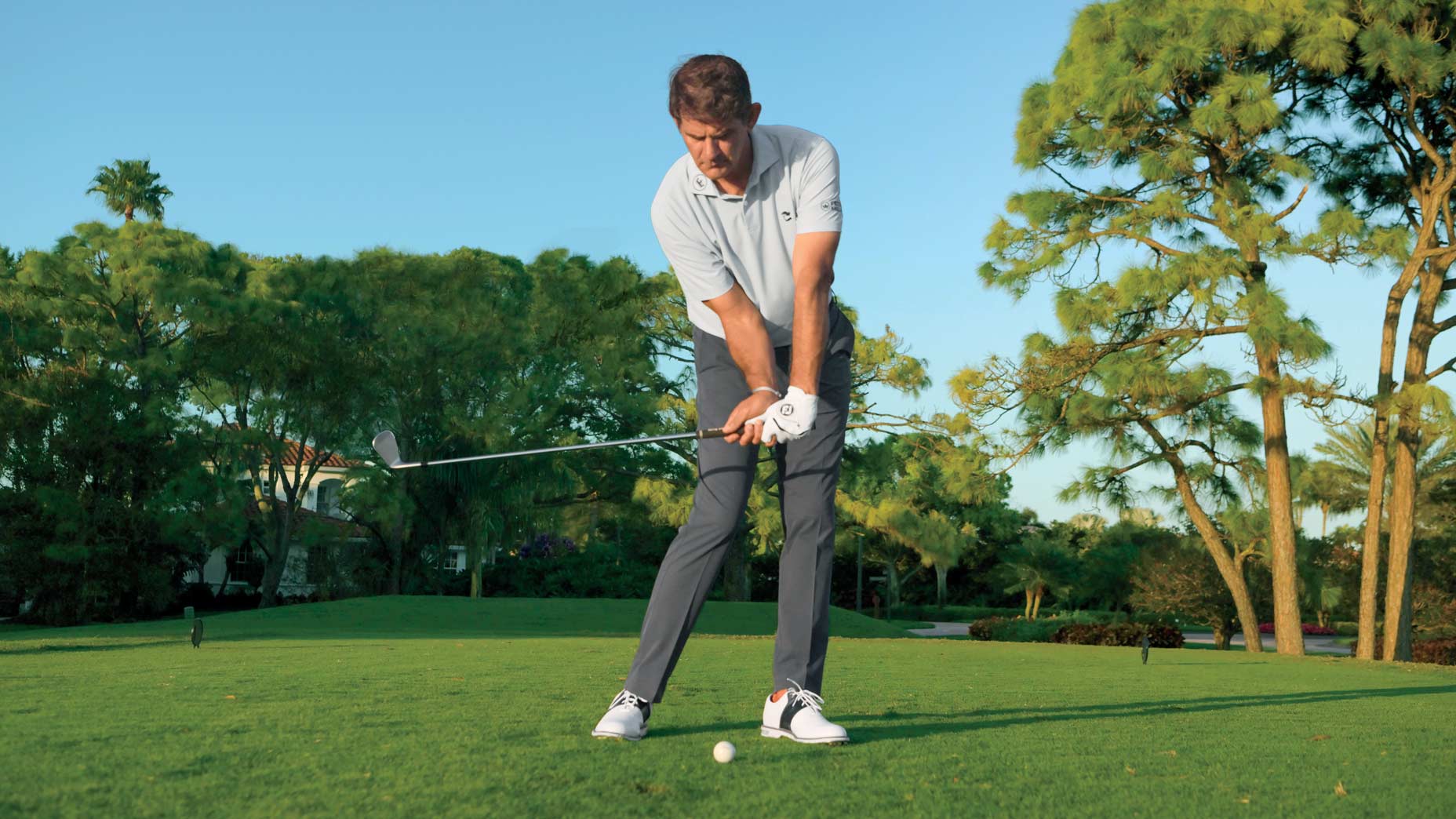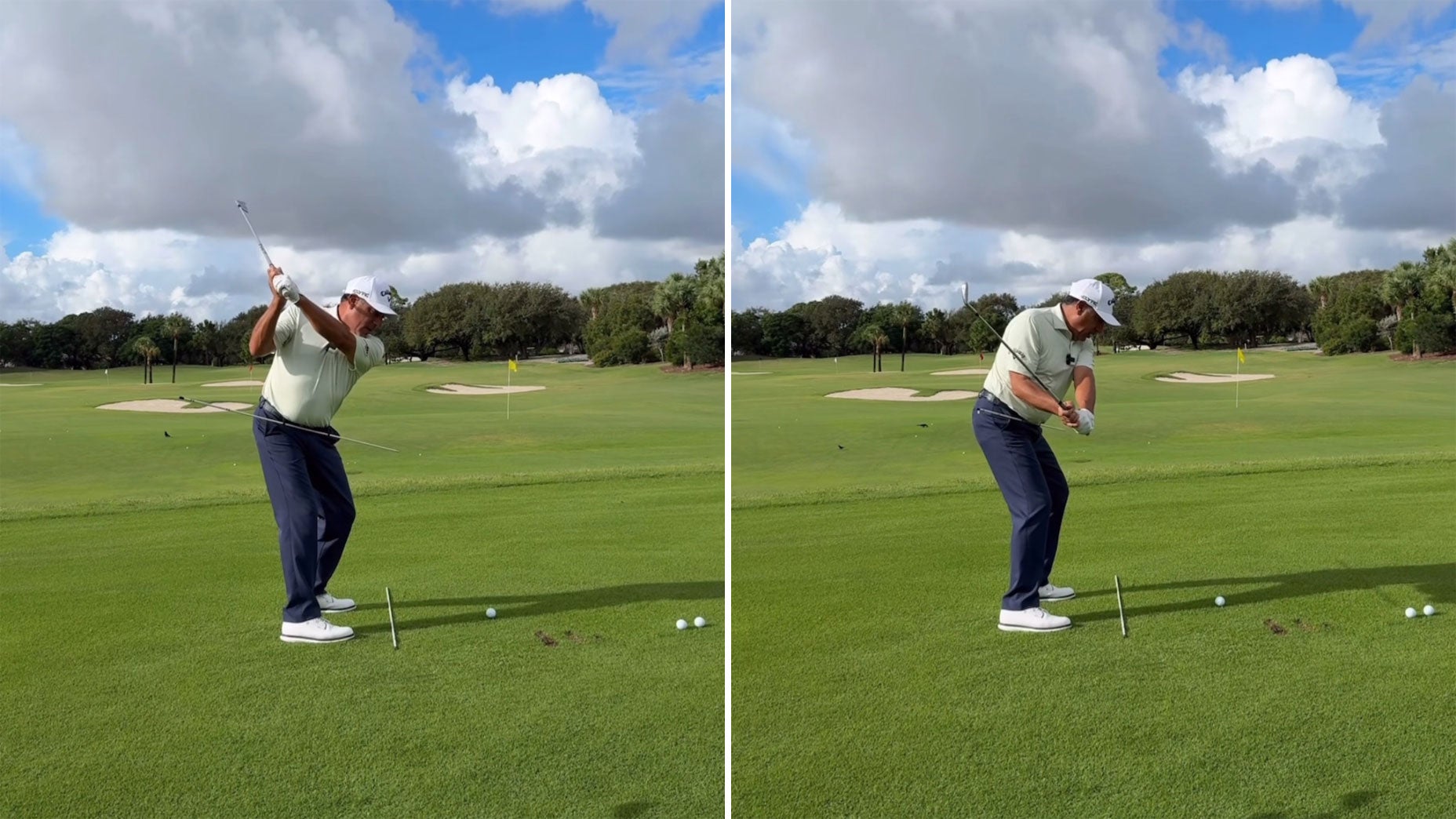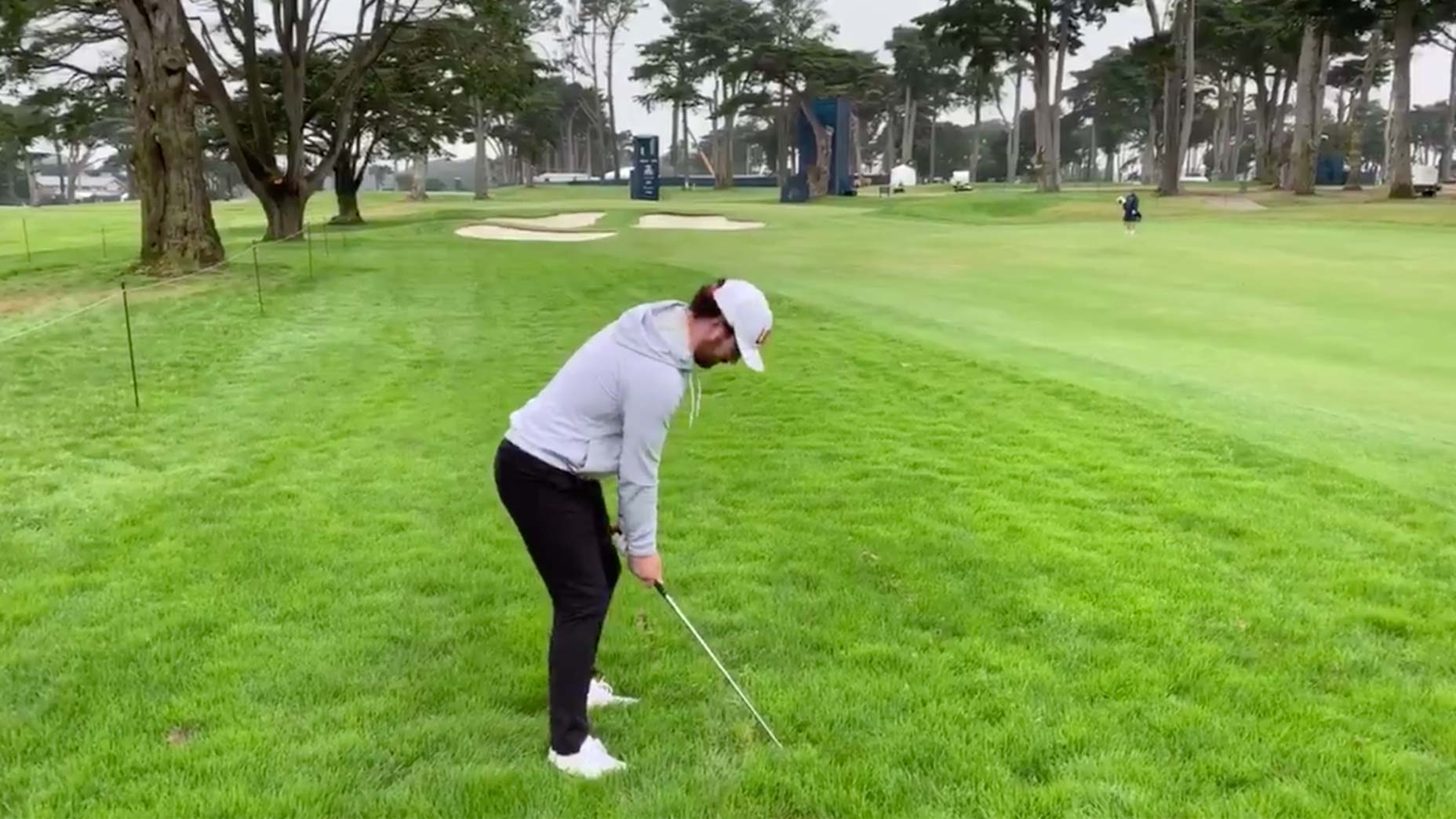Golf instruction is ever-evolving, but the best advice stands the test of time. In GOLF.com’s new series, Timeless Tips, we’re highlighting some of the greatest advice teachers and players have dispensed in the pages of GOLF Magazine. Today we revisit Seve Ballesteros’ tips for escaping the rough from our June 1979 issue. For unlimited access to the full GOLF Magazine digital archive, join InsideGOLF today; you’ll enjoy $140 of value for only $39.99/year.
We’d all love to never miss fairways and only play from the short grass, but that’s just not realistic. Even among the best players in the world, missing fairways is commonplace. So far in the 2024 season, PGA Tour average for fairways hit is just over 60 percent. That means that for every 10 drives, four of them end up off the fairway — and that’s for the best players in the world!
With tee shots missing the fairway so often, it’s important you know how to play from the rough. The problem is, lots of recreational players have no clue how to approach shots from the rough. That’s where we come in.
Back in 1979, Seve Ballesteros shared three tips for hitting shots from the rough with GOLF Magazine. In today’s edition of Timeless Tips, we’re sharing them with you. Check it out below.
Seve’s tips for hitting from the rough
Golf is best when it’s kept simple. That is why I believe you’ll find useful my one-two-three system for classifying and executing shots from rough. I’ve broken down rough lies into three categories: flier, propped up and buried. Each lie requires certain special techniques. But there are also some standards that apply in evaluating these lies. When you know and can use the general rules, and can apply particular adjustments for each lie you’ll be able to escape easily from the rough.
The first general rule is that, except for propped-up lies, it’s unwise to try flying the ball over a hazard or tree, or stopping it quickly on a small, well-guarded green, because rough shots usually fly low and roll far.
Second, rough shots are hard to control, so you should avoid threading any needles. Try to select the widest possible path to your target.
Choking down about half an inch on the grip is the last rule of rough play. It’ll give you more club control, which is paramount on these shots.
Flier lie: Take less club
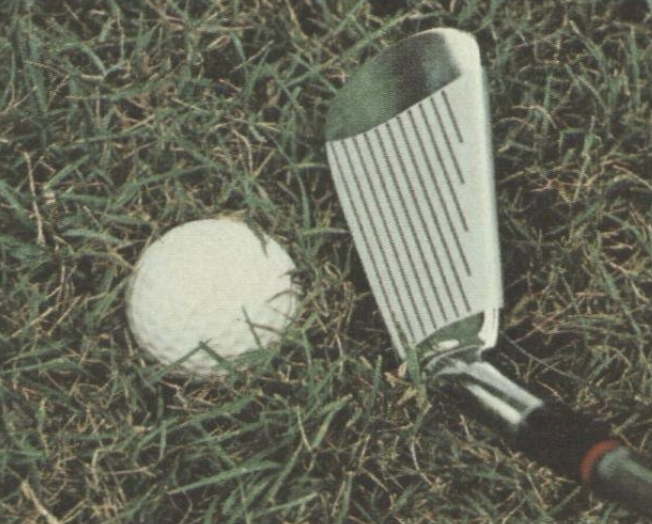
Most rough lies fit into the flier category, where the grass grows above the equator of the ball. Use a lofted iron, but nothing less lofted than a 5-iron, depending on your own strength and the length of the grass. It’s wise also to take one club less than usual, because again, the lower flight and extra roll will propel the ball farther than a shot from the fairway.
When the grass reaches only half way up the ball, you may be able to use a lofted wood, say a 4- or 5-wood. Whether you use an iron or wood, you still will need a more upright backswing arc with a faster wrist break, because you have to deliver a sharp, downward blow to the ball to pop it from the grass. Three adjustments in your normal address are necessary: 1) play the ball about an inch farther back in your stance; 2) open your stance slightly, and 3) don’t ground the club (to avoid snagging it in the grass on the takeaway, which could destroy your timing).
Propped-up lie: Think tee shot
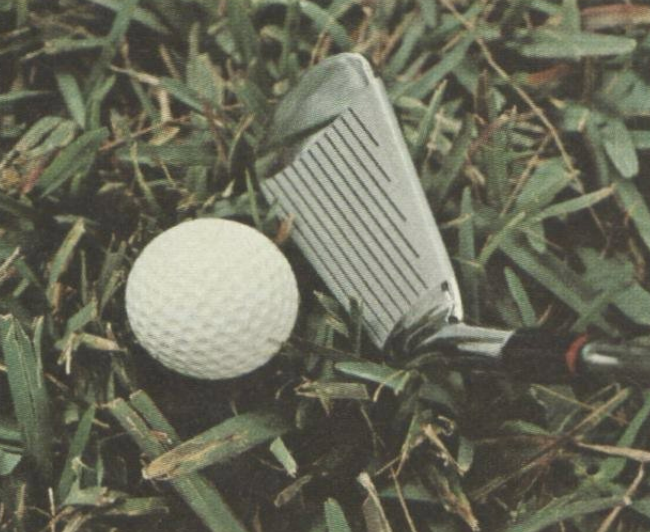
Propped-up lies look easy. There’s the ball sitting up as if it were on a wood tee. But these lies are tricky, because the ball is more or less suspended in air. The danger is in swinging too much under the ball, striking it on top of the clubface, or, worse, going under the ball and leaving it in its own divot. Sometimes, when the ball lies on firm ground, you may get away with a poor swing, hitting the ground first and bouncing the club into the ball. But that margin for error isn’t available on propped-up lies.
Yet, it’s possible to hit almost any club — even a driver, sometimes — from these lies. But you have to use the right technique. First, make sure you choke down on the grip and don’t sole the club at address to keep from knocking it off its perch. That would result in a penalty stroke. Second, play the ball forward in your stance, about off the left instep, to hit the ball on the upswing. Third, in contrast to flier and buried lies, which require an upright takeaway and quick wrist break, these lies call for a wide arc and full extension. The idea is to sweep the ball off its perch, without taking a divot, as though it were on a tee. When you hit the ball properly, you’ll get more distance than usual, so take one club less than you normally would. Then, swing away confidently.
Consider all the factors when you select your club and stick by your decision. If you doubt that you can pull off the shot, change the club and take a safer route. The basic strategy for rough is to get out of it.
Buried lie: Wedge it back
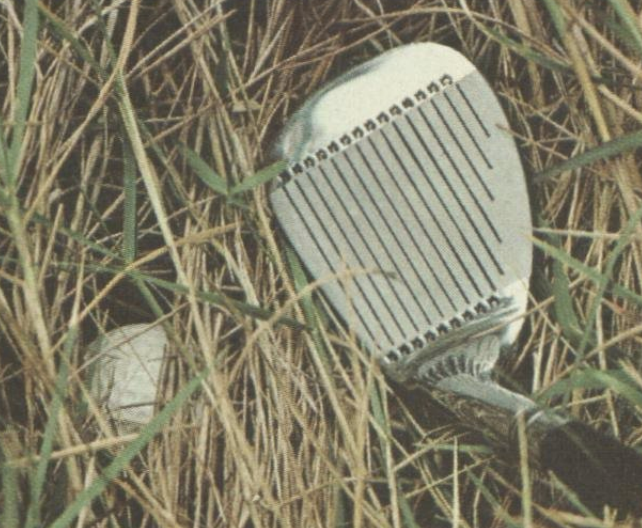
I’m known as a somewhat reckless golfer because I hit a long ball and go for the pin. But when my ball is buried in rough up to my ankles or higher, I don’t play the fool by grabbing a long club and ambushing the ball. That approach wouldn’t even get it out of the rough, much less onto the fairway. I wedge back to the fairway so that I can definitely make a bogey, or, perhaps, salvage par. I think I can safely say that if I wedge back to the fairway, you should, too.
Choose your most lofted club — probably your sand wedge. Play the ball back an inch or two farther than normal and open your stance. As with flier lies, you want to make an upright takeaway, with a quick wrist break and sharp downswing. Open the clubface, too, because the grass will tend to grab and close it on the forward swing. An open face at address will be square at impact; square at address, shut at impact. Many amateurs don’t know this basic law of rough play, which is why they hit plenty of low-left shots from high grass.
Most important, snap the wrists when you release through impact on buried lies. Otherwise, the grass may slow down the club so much that the ball won’t even budge. The upright swing will help you do this, but it also pays to concentrate on the snap during the swing. Think of slow back, snap through. This doesn’t mean you should make a fast downswing. That would make you release far too soon. Just snap through the hitting zone. Slow, snap. Slow, snap. You’ll be back on the short fairway grass in no time at all.
